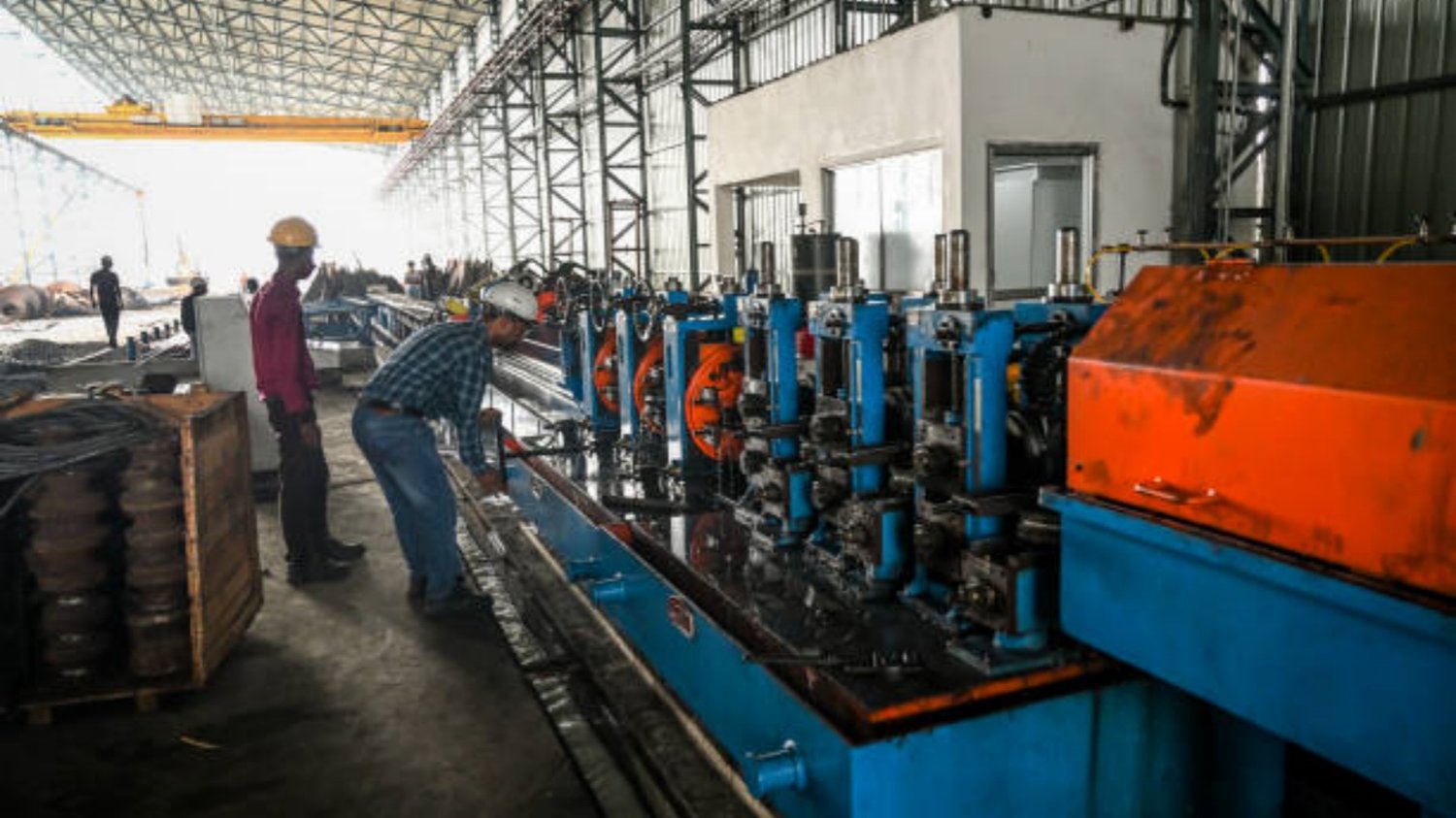Introduction
steel angle roll forming machines are essential tools in the metalworking industry. They provide a cost-effective and efficient solution for producing steel angle profiles with precision. Whether you are a manufacturer, contractor, or DIY enthusiast, understanding the various aspects of a steel angle roll forming machine can help you make informed decisions. In this article, we will explore the key features, benefits, applications, and maintenance tips related to steel angle roll forming machines.
1. What is a Steel Angle Roll Forming Machine?
A steel angle roll forming machine is a specialized equipment designed to fabricate steel angles with consistent shapes and dimensions. It utilizes a series of rolls that gradually bend and shape the raw steel material into the desired angle profile. The machine can handle various steel thicknesses and widths, allowing for flexibility in production.
2. Key Features of Steel Angle Roll Forming Machines
Steel angle roll forming machines are equipped with several key features that contribute to their efficiency and reliability. These include:
- Multiple roll stations for precise shaping
- Adjustable guide rolls for different angle sizes
- Hydraulic or mechanical systems for controlling the bending process
- Automatic length measurement and cutting mechanisms
- Computerized control panel for easy operation and monitoring
3. Benefits of Using Steel Angle Roll Forming Machines
Investing in a steel angle roll forming machine offers numerous benefits for both large-scale manufacturers and small businesses:
- Cost-effective production: Roll forming machines eliminate the need for multiple tools and manual labor, reducing production costs.
- High production speed: These machines can produce steel angles at a rapid pace, increasing overall productivity.
- Consistent quality: The precise bending and shaping process ensures uniformity in the produced steel angles, minimizing wastage.
- Versatility: Steel angle roll forming machines can create a wide range of angle profiles, meeting diverse industry requirements.
- Customization options: Manufacturers can easily adjust the machine settings to produce steel angles of different sizes, lengths, and thicknesses.
4. Applications of Steel Angle Roll Forming Machines
Steel angles produced by roll forming machines find applications in various industries, including:
- Construction: Steel angles are commonly used in the construction of buildings, bridges, and other structures.
- Manufacturing: They are utilized in the fabrication of machinery, equipment frames, and supports.
- Automotive: Steel angles play a vital role in the manufacturing of vehicle frames, chassis, and structural components.
- Infrastructure: They are used in the construction of railings, barriers, and other infrastructure projects.
5. Maintenance Tips for Steel Angle Roll Forming Machines
To ensure the longevity and optimal performance of your steel angle roll forming machine, consider the following maintenance tips:
- Regular lubrication of moving parts to minimize friction and wear
- Inspecting and replacing worn-out rolls and cutting blades
- Keeping the machine clean and free from debris
- Periodic calibration and alignment of the machine
- Training operators on proper machine operation and safety protocols
6. Factors to Consider when Choosing a Steel Angle Roll Forming Machine
When selecting a steel angle roll forming machine, it is important to consider the following factors:
- Required production capacity
- Desired angle sizes and profiles
- Available space for machine installation
- Budget constraints
- After-sales support and warranty
7. Safety Precautions when Operating a Steel Angle Roll Forming Machine
Operating a steel angle roll forming machine involves inherent risks. To ensure operator safety, follow these precautions:
- Wear appropriate personal protective equipment, such as gloves, safety glasses, and steel-toed boots
- Follow the manufacturer's instructions and guidelines
- Keep hands and clothing away from moving parts
- Do not overload the machine beyond its capacity
- Regularly inspect the machine for any signs of damage or malfunction
8. Conclusion
Steel angle roll forming machines are versatile and efficient tools for producing steel angles of various sizes and profiles. Their cost-effectiveness, high production speed, and consistent quality make them indispensable in the metalworking industry. By understanding their features, benefits, applications, and maintenance requirements, you can make informed decisions when choosing and operating a steel angle roll forming machine.
9. Keywords
steel angle roll forming machine, steel angle profiles, metalworking industry, key features, benefits, applications, maintenance tips, manufacturers, safety precautions

